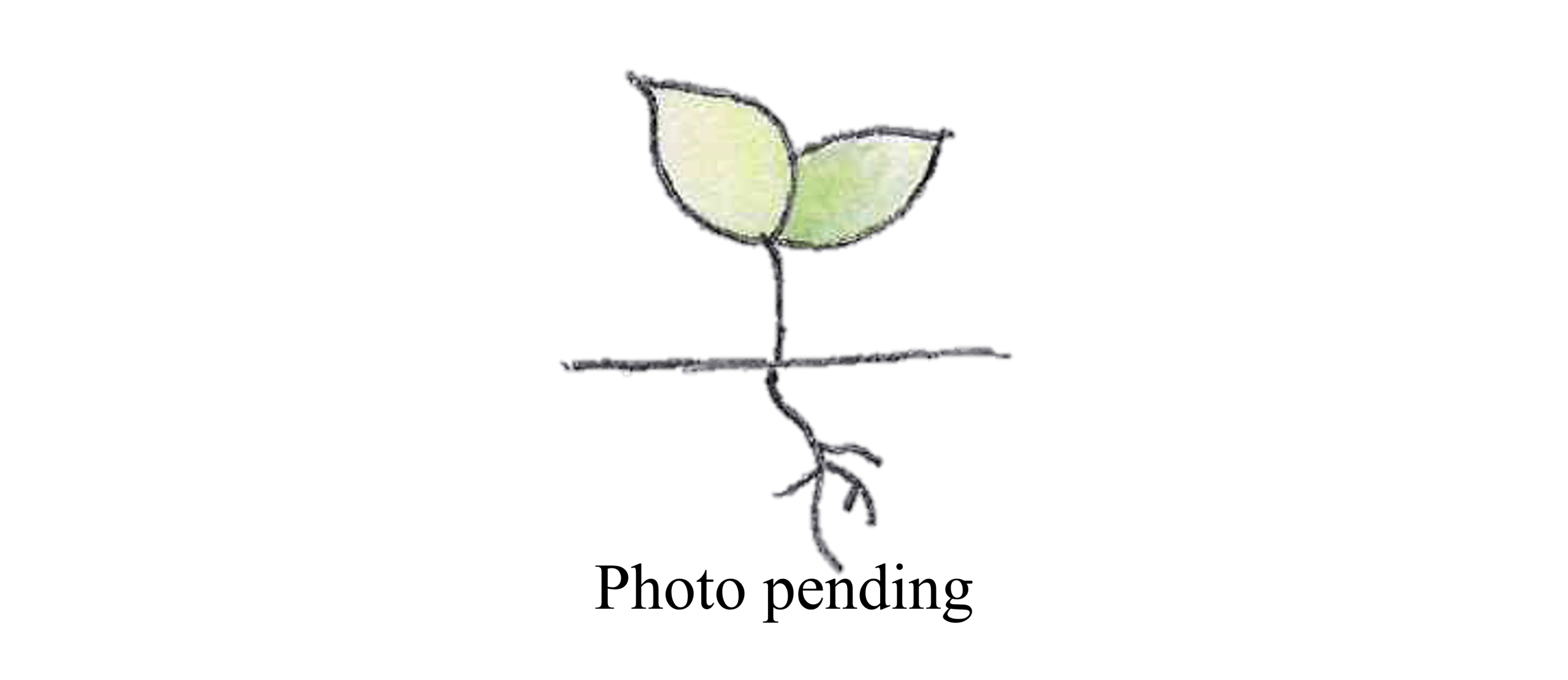Red bean
Dysoxylum mollissimum subsp. mole, Fam. Meliaceae

Medium tree, usually with a flanged or buttressed base and a grey to red brown bark, moderately scaly on young trees, more scaly on older trees. From the Latin ‘mollis’ soft, referring to the hairs on the leaves. Previously Dysoxylum muelleri.
| Weed Category: | |
| Weed: | No |
| Form or habit: | Med tree |
| Family: | Meliaceae |
| Leaf: | Pinnate, usually with a terminal leaflet, alternate, 11 to 27 leaflets. Leaflets opposite or alternate, entire, ovate, 3-12cm long, somewhat glossy, glabrous or finely hairy, very asymmetrical, small hairy domatia present in most lateral vein angles. |
| Flower conspicuous: | Conspicuous |
| Flower colour: |
Cream |
| Flower description: | Axillary panicles of many small, bisexual, cream flowers with no fragrance. April to June. |
| Fruit conspicuous: | Conspicuous |
| Fruit colour: |
Brown, Yellow |
| Fruit: | |
| Fruit description: | Yellow brown, glabrous but warty, globular capsules, about 2cm in diameter with three to five valves. Seed covered by an orange or red aril. October to March. |
| Habitat: | Gallery (riverine or riparian) forest, rainforest. |
| Distribution | Queensland, New South Wales, New Guinea, Melanesia, Pacific Islands. |
| Food source for: | Larval food plant of the Hercules moth Coscinocera hercules. |
| Toxicity: | No toxicity known |
| Origin: | Australia, New Guinea, Melanesia, Pacific Islands. |
| Notes: | Fresh seed required for good germination. Dark red brown timber. |
| Information sources: | Melzer R. & Plumb J. (2007) Plants of Capricornia. |



